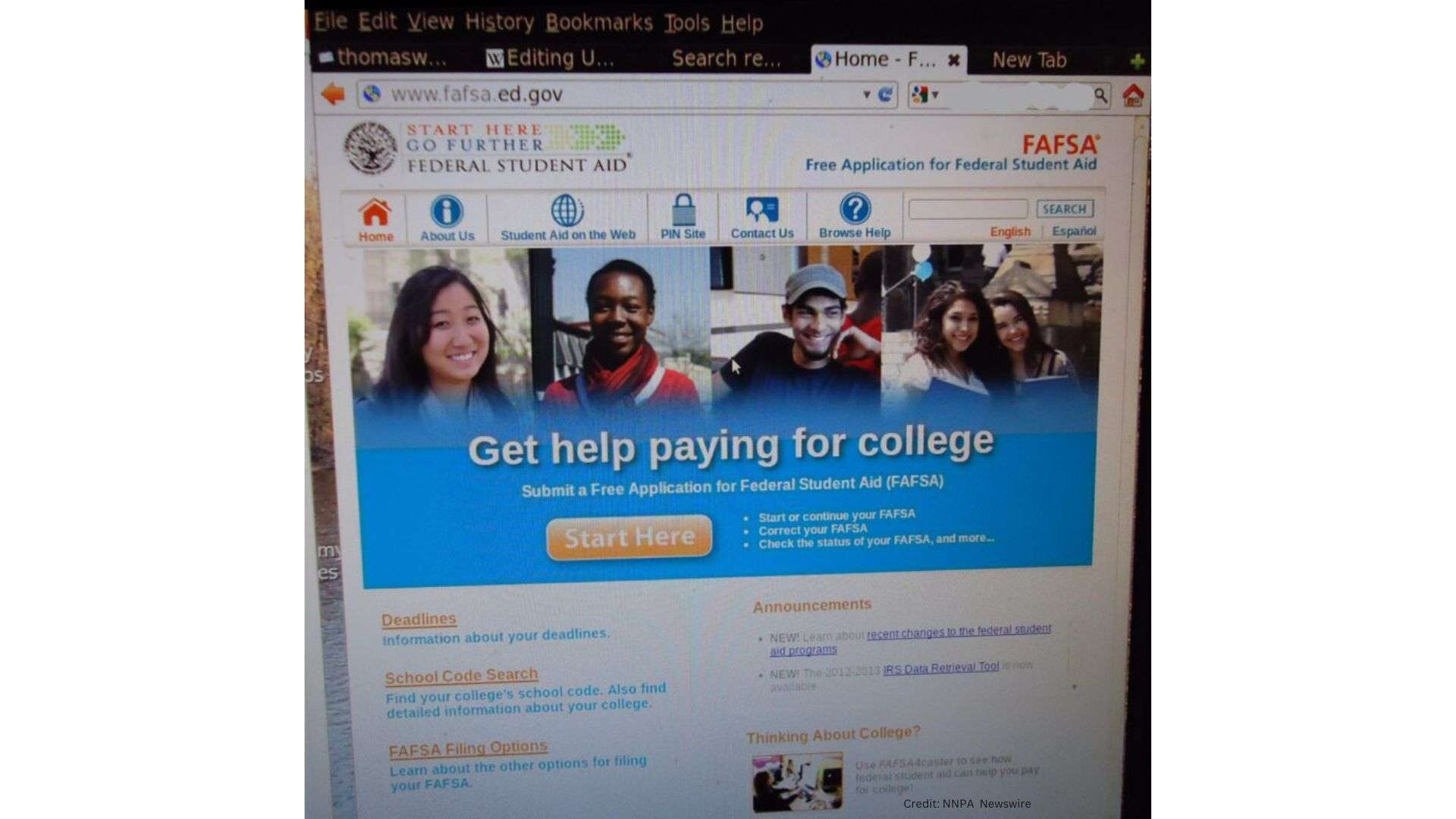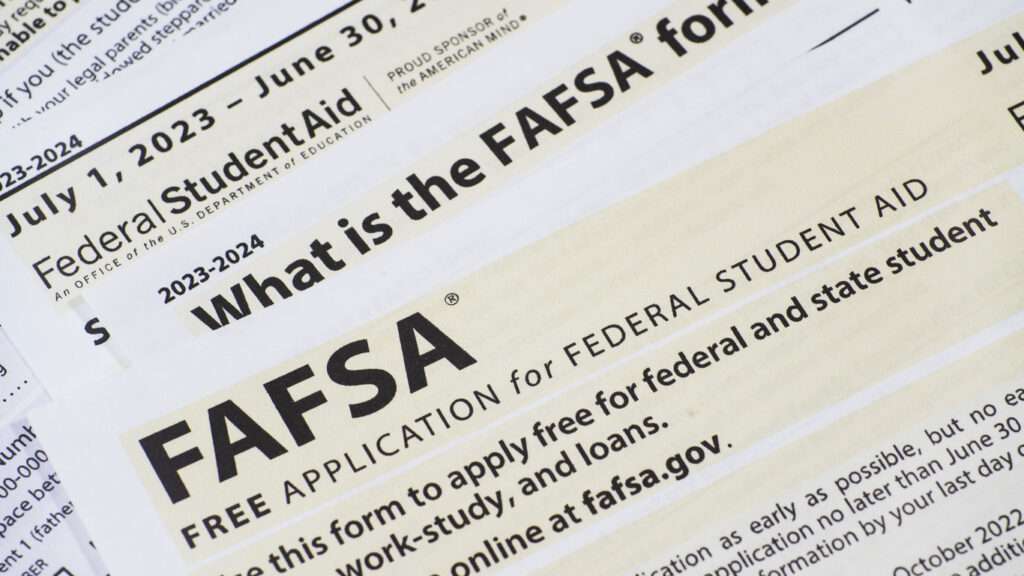With escalating concerns surrounding the tumultuous rollout of the new Free Application for Federal Student Aid (FAFSA), the U.S. Department of Education has announced an initiative to provide much-needed support to students and families navigating the complex financial aid landscape.
“We are determined to close the FAFSA completion gap,” declared U.S. Deputy Secretary of Education Cindy Marten. The initiative comes against the backdrop of frustration and uncertainty among applicants, as technical glitches and bureaucratic hurdles have plagued the application process, leaving many students in limbo.
Read the latest education news
The U.S. Department of Education’s multi-million-dollar investment in the FAFSA Student Support Strategy is a testament to its proactive approach. The strategy aims to boost completion rates and empower various organizations, which would now be equipped to expand advisory services and extend support hours, including evenings, weekends, and summer weeks, making them feel valued and integral to the process.
Additionally, the initiative would facilitate submission clinics and enhance communication channels, providing vital assistance to applicants and their families, particularly those from marginalized communities. “The funding we’re announcing today will support states, districts, and community-based groups to ensure that every student who needs help paying for college turns in their FAFSA form,” Marten affirmed.
The department’s efforts come at a critical juncture, as students across the country grapple with the repercussions of delayed aid packages and uncertainty surrounding college decisions. Kenneth Seinshin, a 17-year-old from New York City, recounted his arduous journey through the FAFSA process, highlighting the stress and frustration experienced by many applicants. “The whole process just really stressed me out,” Seinshin lamented to a New York Times reporter.
Similarly, Clover Schwalm, an 18-year-old from Michigan, shared her concerns with the newspaper about making college decisions without complete financial information. Despite facing hurdles, Schwalm said she remains hopeful and acknowledged the importance of accessible and inclusive educational environments. “It’s not the best, but I also recognize that there are states that could be less safe,” she remarked.
As the department ramps up its efforts to alleviate FAFSA woes, attention has turned to the declining completion rates observed among high school seniors. Data analysis by the National College Attainment Network revealed a significant dip in completed financial aid applications compared to previous years, raising questions about equitable access to higher education.
“The data on FAFSA completion takes a bad story and makes it even worse,” Bill DeBaun, a senior director at NCAN, which tracks FAFSA applications, told reporters.
Republican West Virginia Gov. Jim Justice went so far as to declare a state of emergency over persistent issues with the FAFSA form. “I don’t believe any other state in the nation has gone this far, but I simply cannot and will not stand by as money sits on the table that could be helping our students continue their education,” Justice said in a press release. “There’s only so much outreach you can do when students can’t complete the form due to issues only the federal government can control. We have been left with no choice but to suspend the FAFSA requirement for our state financial aid programs.”
With only three months until the start of fall classes, many high school seniors still need to learn where they are going to college due to the botched rollout of the new FAFSA form. Many applicants are waiting to receive their financial aid offers. “The department has to get this right and fast,” said Sen. Tammy Baldwin (D-Wis.).
Added Education Secretary Miguel Cardona, “The rollout of the better FAFSA has been riddled with delays and challenges.” Cardona told a Senate committee that the new FAFSA form was supposed to be shorter and more straightforward. Still, processing errors and other issues have caused successful applications to be down about 30% from last year. “We’re doing everything every day to make it right,” he said.
By: Stacy M. Brown, NNPA Newswire Senior National Correspondent









